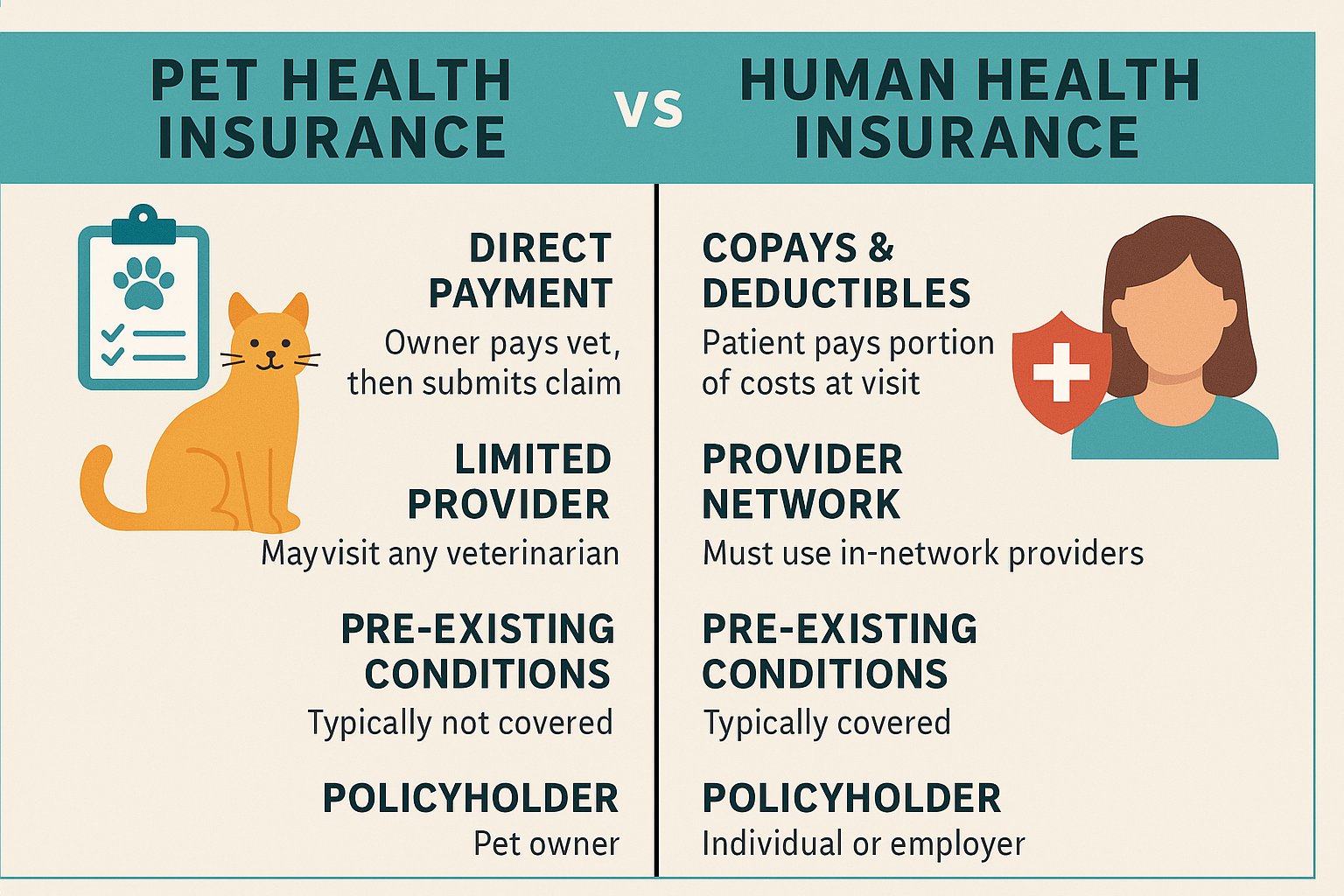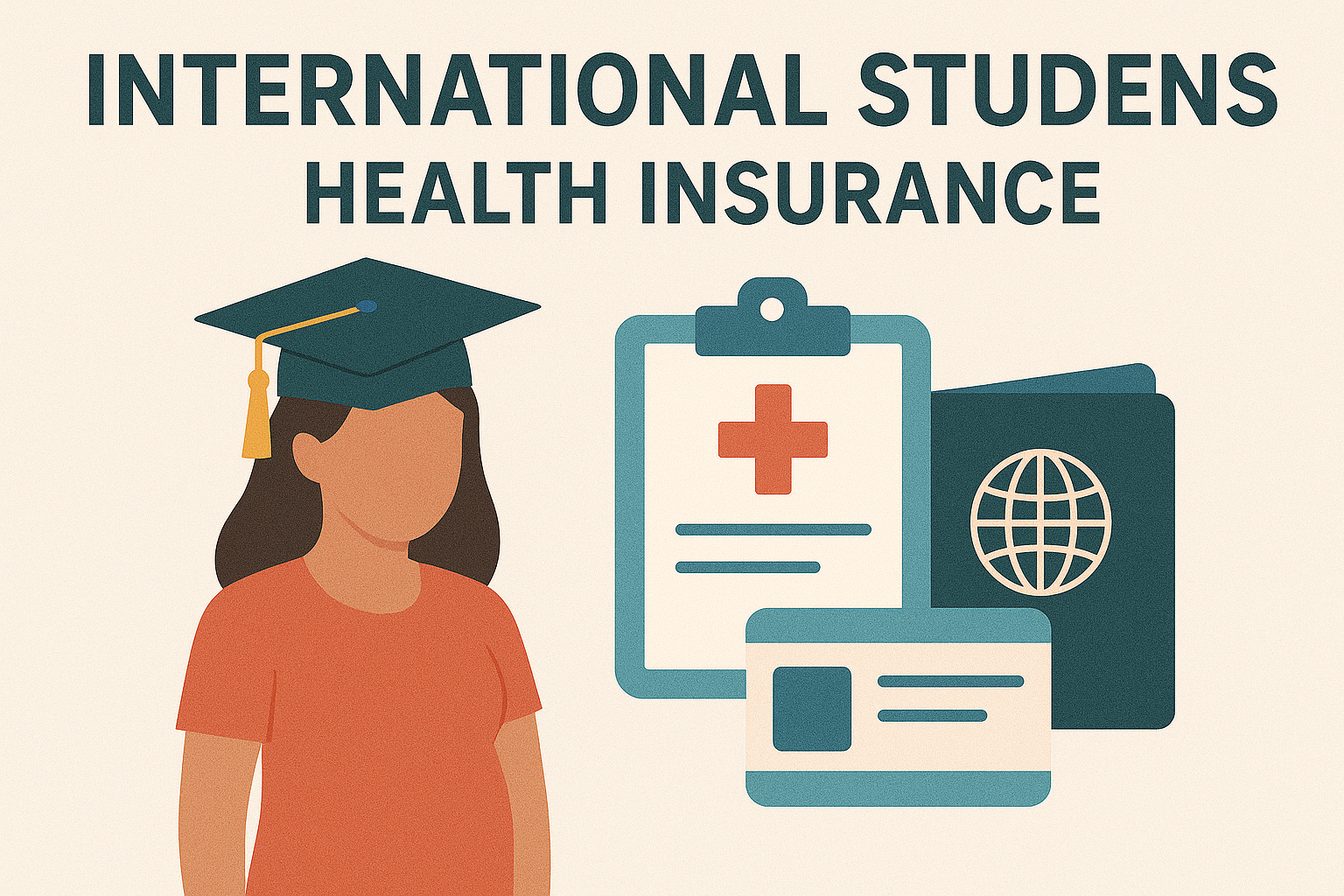
Cost reduction concept. Lean manufacturing management. Decreasing company expense to maximize profits. Hand puts wooden cube with text âcostâ with red down arrows .Business survival and improvement.
How to Maximize Benefits and Minimize Out-of-Pocket Costs
Navigating health insurance in 2025 can feel overwhelming, but understanding how to maximize your benefits while minimizing out-of-pocket costs is essential for maintaining both your financial and physical well-being. As medical expenses continue to rise, it’s more important than ever for individuals and families to become proactive in managing their healthcare coverage. By taking the time to fully understand your plan, leveraging preventive services, and making informed choices, you can significantly reduce what you pay for healthcare throughout the year.
One of the first steps in minimizing healthcare costs is choosing the right health insurance plan based on your specific needs. Whether you’re selecting coverage through your employer, the Health Insurance Marketplace, or a private provider, carefully evaluating deductible amounts, premium costs, network restrictions, and coinsurance rates can help you strike the right balance between monthly affordability and overall protection. A lower premium might look appealing, but if the deductible is high and your medical needs are frequent, you could end up spending more in the long run. Conversely, a slightly higher monthly premium with better coverage could save you thousands annually.
Once your plan is in place, it’s crucial to stay in-network whenever possible. In-network providers have negotiated lower rates with your insurer, which means you pay less out of pocket for services. Going out-of-network can lead to unexpected charges or even full-cost billing, especially if your plan doesn’t cover those services. Most insurance companies now offer mobile apps or online portals where you can quickly check if a provider is in your network before making an appointment, which helps prevent surprise medical bills.
Another smart strategy for reducing costs is utilizing all the preventive care services your plan offers. Most health insurance plans cover routine checkups, immunizations, screenings, and annual wellness visits at no additional charge. These services not only help catch potential health issues early but also keep you from needing more expensive treatments down the line. Many insurers in 2025 are also offering incentives for participating in wellness programs, completing health risk assessments, or achieving fitness goals—some even lower your premiums for doing so.
For prescription medications, costs can quickly add up if you’re not careful. Make sure to ask your doctor about generic alternatives whenever possible, as they are often significantly cheaper than brand-name drugs and work just as effectively. In addition, using your insurance provider’s preferred pharmacy or mail-order service can offer substantial savings. Some health plans offer tiered drug formularies, so understanding which tier your medication falls into can help you plan ahead and explore cost-effective alternatives with your healthcare provider.
It’s also important to contribute to and take advantage of tax-advantaged accounts like Health Savings Accounts (HSAs) and Flexible Spending Accounts (FSAs) if your plan allows. These accounts let you set aside pre-tax money to pay for eligible medical expenses, effectively lowering your taxable income while helping you budget for healthcare costs. HSAs in particular offer long-term benefits, including the ability to roll over unused funds year to year and even invest them for future healthcare spending in retirement.
Being organized and proactive with your healthcare usage also plays a significant role in reducing unnecessary costs. Keep track of medical bills, explanation of benefits (EOBs), and correspondence from your insurance provider. Always verify the accuracy of charges and don’t hesitate to dispute errors. Many consumers are unaware that billing mistakes are common and can be corrected if caught early. Furthermore, don’t be afraid to negotiate with providers for lower rates—especially if you’re paying out-of-pocket or facing high deductibles. Providers are often willing to offer discounts or payment plans when asked.
Finally, making the most of telehealth options can provide convenient, cost-effective care for non-emergency conditions. Virtual visits are often covered at lower copays than in-person appointments and can help you avoid unnecessary urgent care or ER visits. In 2025, many insurance plans include robust telehealth benefits, making it easier than ever to consult with doctors, refill prescriptions, and manage chronic conditions from home without sacrificing quality care.
In conclusion, maximizing your health insurance benefits while minimizing out-of-pocket costs requires a proactive, informed approach. By choosing the right plan, staying in-network, using preventive care, exploring generic medications, utilizing tax-advantaged accounts, and leveraging telehealth, you can take control of your healthcare expenses. With a bit of planning and awareness, you can turn your health insurance from a confusing burden into a powerful tool for long-term financial and physical well-being.



